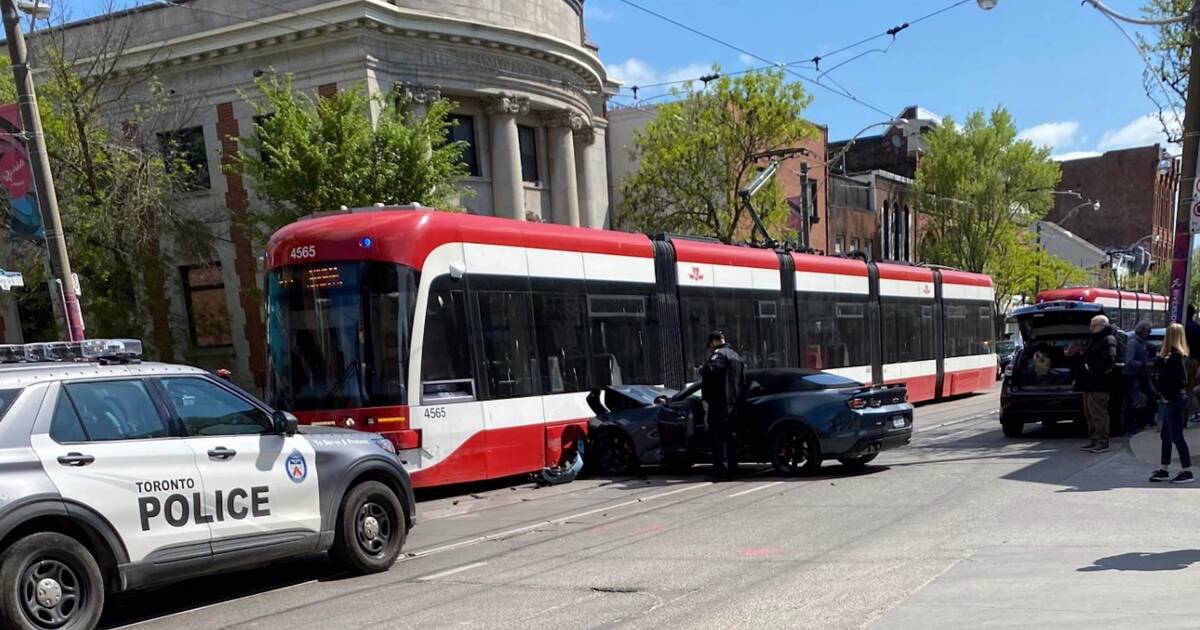north-of-anything
Active Member
We're not elevating Finch West, though. Tracks are being laid in the median already, no sense changing that now. And east of Keele, there's really nowhere that warrants grade separation more than the rest of the corridor until you reach Bathurst to the east.
Back to the thread's topic, grade-separating a Jane LRT might be feasible, but I'm not sure on the benefits of elevating the entire line. I think separation is especially valuable south of Weston, where Jane first enters a floodplain and then narrows to where a dedicated lane isn't feasible. We could also keep it elevated adjacent to the CPKC tracks and run it from Jane/Dundas to Bloor GO...
Back to the thread's topic, grade-separating a Jane LRT might be feasible, but I'm not sure on the benefits of elevating the entire line. I think separation is especially valuable south of Weston, where Jane first enters a floodplain and then narrows to where a dedicated lane isn't feasible. We could also keep it elevated adjacent to the CPKC tracks and run it from Jane/Dundas to Bloor GO...





